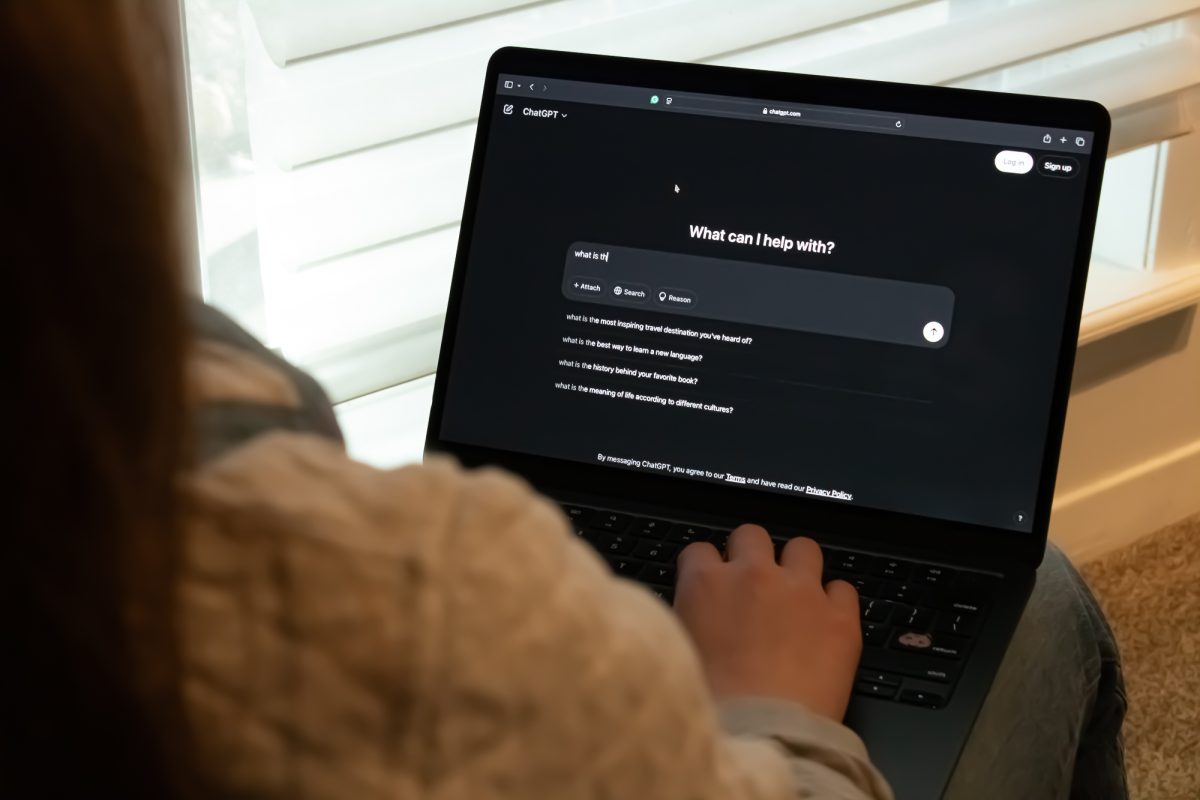Thousands will flock to the Mitchell Physics building for the annual Physics and Engineering Festival Saturday.
A collaboration between the Department of Physics and Astronomy and the Department of Aerospace Engineering, the festival seeks to offer visitors a fun and interactive look into the world of physics.
“The Physics and Engineering Festival is a very special event. Its a unique blend of fun and science,” Tatiana Erukhimova, physics professor and festival coordinator, said. “We try to reach out to all ages and all social groups. It is called a festival for a reason. Its is a celebration, not just an open house.”
Now in its 12th year, Saturday’s festival boasts lectures from world-renowned scientists such as astronaut Gregory Chamitoff and Nobel Laureates David Lee and Dudley Hershbach. However, the festival is renowned for the many interactive experiments spread throughout the Mitchell Physics Buildings.
“The heart of the festival is definitely the 100 plus hands on demonstrations,” Erukhimova said. “We run many really fun and interactive demonstrations. Every year we build new exhibits, so people will never be bored because every year will be something new. All ages can find something that resonates with them.”
This year’s festival will also feature renowned physicist, science communicator, and author Brian Greene, who in addition to presenting a lecture, will narrate his novella “Icarus at the Edge of Time” in conjunction with a performance by the Brazos Valley Symphony Orchestra in Rudder Auditorium at 7 pm.
“Greene’s visit will definitely increase the visibility of Texas A&M,” Erukhimova said. “This year, on top of everything, is a unique blend of performing arts and science, because we are teaming up with Brazos Valley Symphony Orchestra.”
Erukhimova said the reality of some of the experiments is counterintuitive to what participants think might happen. Among the new demonstrations this year is a rotating platform that demonstrates the Coriolis effect, the same force that causes the rotation of cyclones. Participants on the platform will try and toss a ball to a partner standing to the side. The Coriolis effect however, will make the ball deviate from the anticipated trajectory and make it difficult to complete the pass.
The festival normally attracts several thousand visitors to campus, some having travelled from outside the state. The majority of participants are from the Brazos Valley Community, with students from local schools coming to learn and participate in the various experiments. Erukhimova said bus fares and other financial help is given to students who might otherwise never be exposed to such a unique take on physics.
“You never know, this might ignite their interest for science, and will be the push for them to come here to Texas A&M and major in a STEM field,” Erukhimova said.
Erukhimova said the festival also provides opportunities to the students who create the festival demonstrations, as it allows them to display a knowledge of physics that would normally be limited to the classroom.
One way students are able to build and present demonstrations is through the DEEP program. DEEP, which stands for Discover, Explore and Enjoy Physics and Engineering, is a mentoring program within the physics department that places a group of undergraduates under a graduate student mentor. DEEP mentor Michael Mehlman said that displaying demonstrations at the festival is one of the best parts of the program, and that it he loves be able to amaze visitors.
“Its just really fun to see them so excited about [physics],” Mehlman said. “Its just a really positive atmosphere. And its not just empty fun. Kids are having a blast, but they’re really getting into the demos and learning something too.”
DEEP mentor Ellie Figueroa said the festival allows her to pass on her passion for knowledge to fresh minds.
“The festival day itself is pretty impressive. You have so many people with so many different backgrounds. A lot of things shine through. In terms of the public that comes, you have all these backgrounds, all these ages, Figueroa said. “It’s basically rediscovering physics as you’re teaching it to someone else. For someone who loves physics, its a weird, amazing and somewhat empowering experience.”
The event is free and open to the public.









